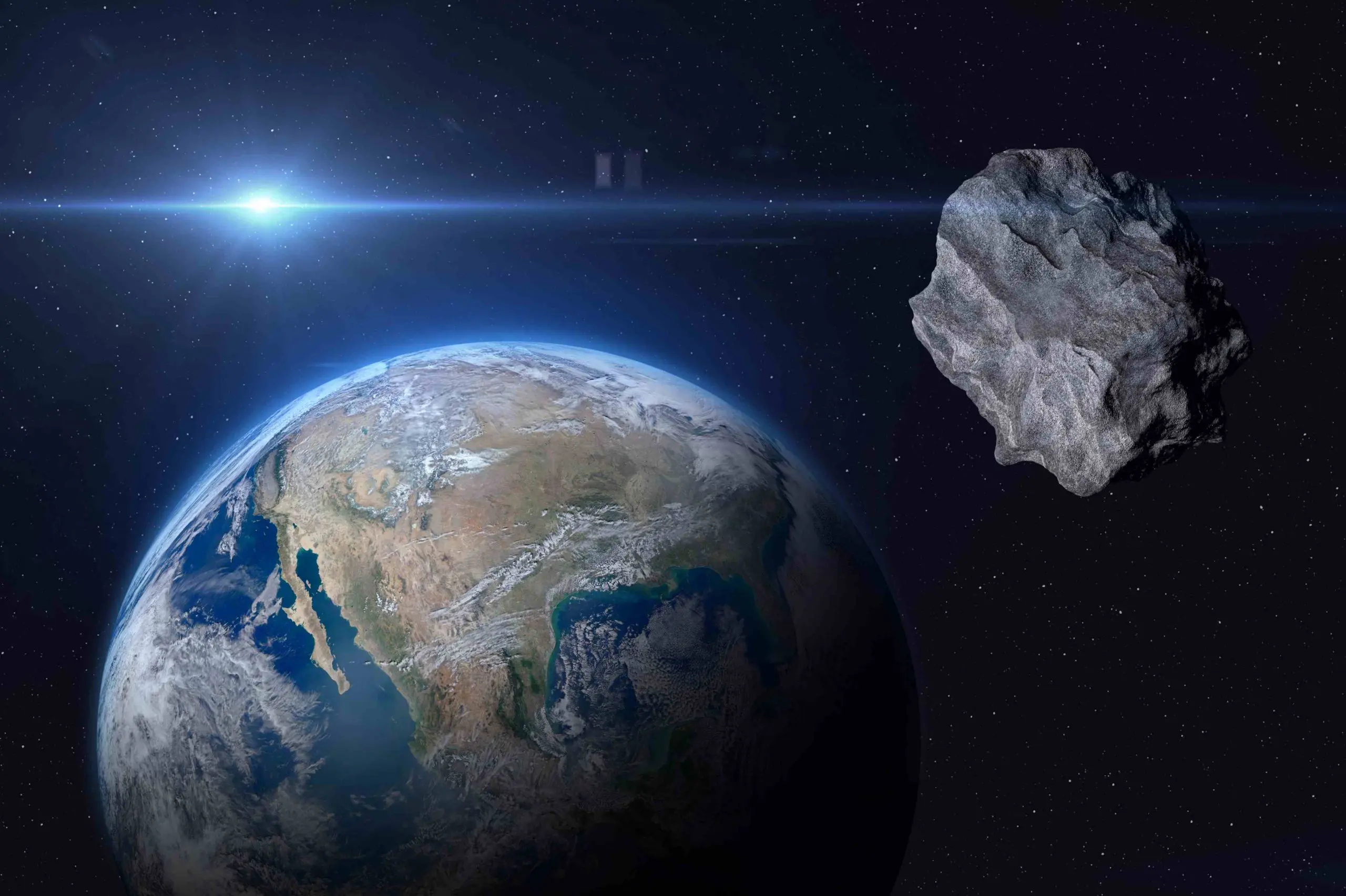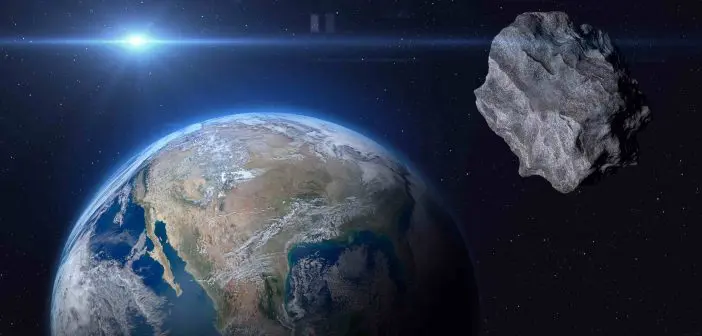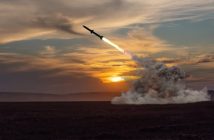
China has pushed back its mission to observe and impact a near-Earth asteroid from 2025 to 2027, likely due to the mission’s complexity. However, China’s interest in near-Earth objects remains strong, with a powerful telescope recently brought online.
In late 2022, China announced what it called a planetary defence mission to observe and impact an asteroid named 2019 VL5 in 2025. The country was keen to replicate and build upon NASA’s recent Double Asteroid Redirection Test (DART) mission and demonstrate its capacity to change the course of a potentially hazardous asteroid.
However, the Journal of Deep Space Exploration reports that China has adjusted its plans and identified a 30-metre-wide asteroid named 2015 XF261 as the target for a dual-spacecraft observation and impact mission, with a launch expected sometime in 2027.
“A deviation of three or five centimetres would change the trajectory by over 1,000 kilometres after around three months,” Wu Weiren, currently the director of China’s Deep Space Exploration Laboratory, said in 2022. In April 2024, Weiren reportedly confirmed the two-year delay to the launch date, although he did not say why.
However, it is speculated the mission’s complexity is the reason for the delay. The mission requires extensive planning, optimal launch windows, and two different trajectories. While NASA successfully impacted the small asteroid moon Dimorphos, 2015 XF261 is a far smaller target, and China hopes the up-close observations of the asteroid before and after the impact will yield a greater scientific payoff than the DART mission.
China plans for the spacecraft to orbit the asteroid for three to six months, observing and measuring it before staging a high-speed kinetic impact. An observer spacecraft will observe the entire process and continue observations for six to twelve months after impact. China hopes the observations will enable more exacting asteroid evolution models and better evaluate the impact effects of near-Earth asteroids.
While no known asteroid threats exist, China’s interest in planetary defence coincides with its competition against the United States to be the world’s dominant space power. In addition to its planned asteroid mission, China has recently opened another powerful survey telescope that tracks and identifies new asteroids, among other tasks.
The 2.5-metre Wide Field Survey Telescope near Lenghu, the largest time-domain survey facility in the Northern Hemisphere, opened in September 2023. It complements the Lijiang 2.4-meter Telescope (LJT), the country’s largest common-purpose optical telescope and the 2.16-metre Xinglong telescope. In addition, a 25-antennae network of radars, named the Compound Eye, is expected to open next year and, once operational, will bounce signals off space objects to determine their threat to Earth. Further along the timeline are still on the drawing board proposals to develop a six-strong satellite constellation to operate in Venus-adjacent orbits and act as a near-Earth asteroid early warning system.





